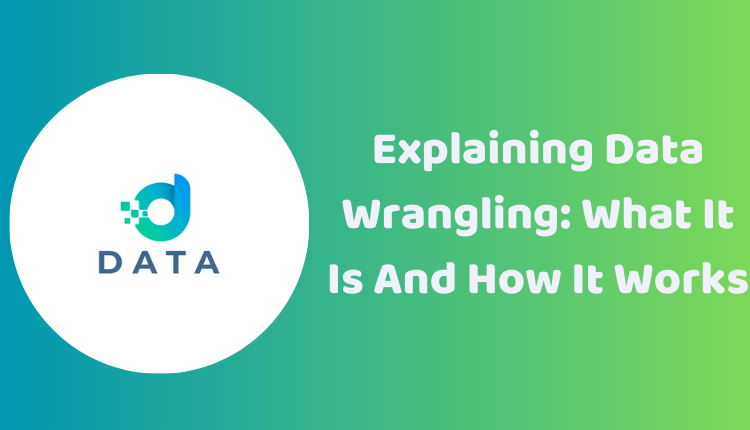Explaining Data Wrangling: What It Is And How It Works
In the era of big data, the importance of data in decision-making processes cannot be overstated. However, data in its raw form often presents several challenges before it can be used effectively. This is where the process of data wrangling becomes paramount. Data wrangling, or sometimes referred to as data munging, involves cleaning, transforming, and integrating data to make it suitable for analysis and generating actionable insights.
The process is a critical component of data science and analytics, providing a foundation for the successful application of machine learning algorithms and predictive modeling. As the saying goes, “Garbage in, garbage out”; without effective data wrangling, the subsequent steps of data analysis might lead to misleading or incorrect outcomes. This blog post delves into the nitty-gritty of data wrangling, its benefits, challenges, and the tools that aid this process.
Understanding Data Wrangling
Data wrangling, a vital preprocessing step in the data lifecycle, can be broken down into several steps:
1. Data Cleaning
In this step, data scientists identify and rectify the errors in the data set, such as fixing typographical errors, removing duplicate records, and handling missing values. This process ensures that the data is accurate and reliable.
2. Data Transformation
Post-cleaning, the data needs to be transformed into a format suitable for the analysis tools. This may involve altering the data type, reformatting the data, or aggregating data across categories. Removing outliers or other data points that might skew the analysis results can also be a part of this process.
3. Data Integration
Data integration involves consolidating data from various sources into a single dataset. It requires ensuring the consistency of data across datasets and resolving any conflicts that may arise due to differences in schema or format.
4. Data Validation
Validation is the step where the data is checked for accuracy and consistency. It is an essential part of ensuring the readiness of data for analysis and minimizing errors in the subsequent stages.
5. Data Documentation
Documenting the entire data wrangling process, including descriptions of data sources, cleaning, transformation, and integration steps, is necessary for repeatability and transparency. This is also useful when sharing the dataset or methodology with other users or stakeholders.
Benefits of Data Wrangling
When implemented effectively, data wrangling offers a host of benefits:
1. Improved Data Quality
By identifying and rectifying errors, data wrangling improves data quality, leading to more accurate and reliable analysis outcomes.
2. Increased Data Consistency
Converting data into a common format enhances data consistency, which in turn facilitates comparative analysis across different datasets.
3. Enhanced Data Usability
Data wrangling enhances the usability of data by making it easier to access and comprehend, thus aiding in informed decision-making.
Challenges in Data Wrangling
Despite its importance and benefits, data wrangling presents certain challenges:
1. Data Errors
The presence of errors in the data, such as typographical errors, missing values, and inconsistencies, can make the data wrangling process challenging and time-consuming.
2. Data Formats
Diverse data formats, differing from one source to another, can complicate the data integration process, making it difficult to combine data effectively.
3. Data Volume
The vast volume of data often available can pose a challenge in terms of processing and analyzing the data in a timely manner.
Tools for Data Wrangling
Several tools can be used to aid the data wrangling process:
1. Python
Python, with libraries such as Pandas, NumPy, and SciPy, is a popular choice for data wrangling
due to its versatility and powerful capabilities.
2. R
R, another popular programming language for data science, offers libraries like dplyr, tidyr, and ggplot2 for efficient data wrangling.
3. Microsoft Excel
Microsoft Excel, a widely used spreadsheet program, is a handy tool for small-scale data wrangling tasks, though it lacks the computational power for handling large datasets.
4. Google Sheets
Google Sheets, a web-based spreadsheet program, offers collaborative features and is useful for simple, small-scale data wrangling tasks.
Choosing the best tool for data wrangling depends on the specific needs of the project, including the size of the dataset, the complexity of the tasks, and the computational resources available.
Conclusion
In conclusion, data wrangling is an indispensable part of the data science process. Though it can be challenging and time-consuming, it is a necessary step for ensuring data accuracy and consistency. With the right approach and tools, you can transform raw data into a valuable asset that can provide powerful insights and drive strategic decision-making.

